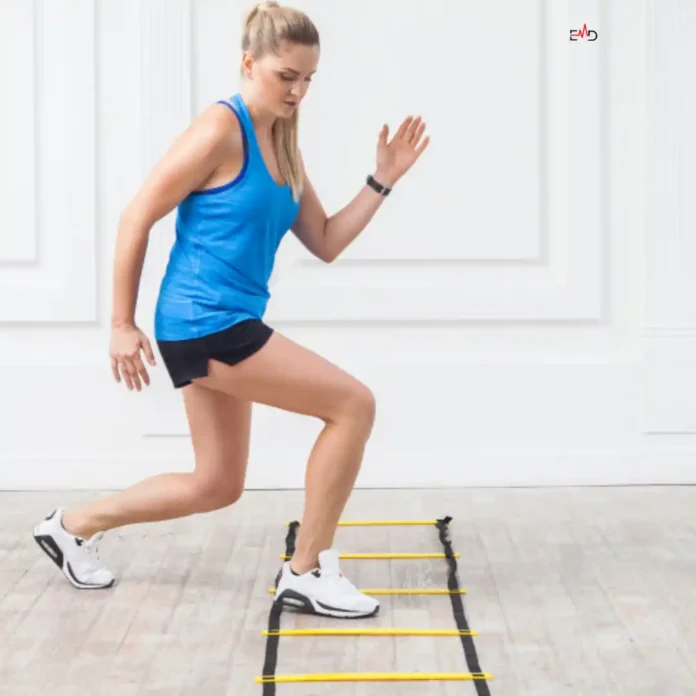
Exercise Daily – Speed and agility are critical elements that go hand in hand, enhancing athletic performance and day-to-day movement. Speed alone isn’t enough; agility is what allows you to change direction quickly, react instantly, and maintain balance, whether you’re sprinting in a soccer game or performing daily tasks. Incorporating speed and agility drills into your routine can help develop strong legs, improve knee and ankle stability, and reap the rewards of agility training. Whether you’re an athlete or someone looking to elevate your fitness, agility and explosive speed exercises are key for building power and precision.
Focusing on body weight exercises and advanced training drills can improve cardiovascular fitness while increasing foot speed and overall coordination. Drills like lateral plyometric jumps, lateral running, and small hurdles are highly effective in building explosive power and strengthening hamstring muscles. Soccer players and those involved in stop-and-go sports will especially benefit from these exercises, as they mimic real game movements, such as making a sharp cut or moving back to the starting point. Start integrating these into your training routine, and you’ll quickly notice the rewards of agility and speed in your performance.
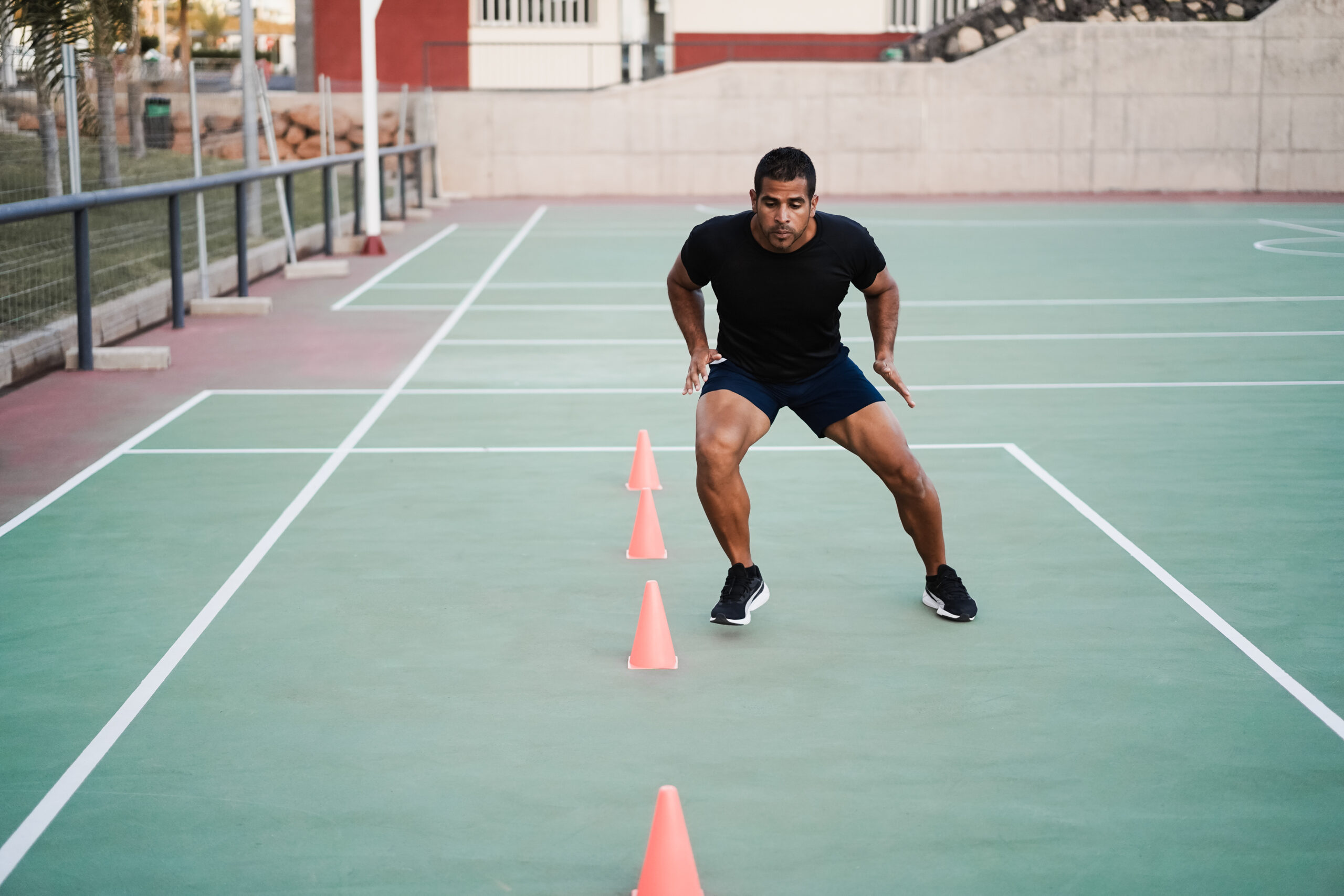
Why Speed and Agility Matter in Fitness
Speed is about moving quickly in a straight line, but agility is the skill that allows you to maneuver, change directions, and maintain control over your movements. These attributes are important in sports and activities like running, cycling, or even hiking. Agility helps prevent injury, boosts reaction time, and enhances your body’s ability to perform complex, unpredictable movements.
The Importance of Agility in Daily Life
Agility isn’t just for athletes. Whether navigating a busy sidewalk, carrying groceries upstairs, or playing with your kids, agility helps you respond quickly to changes in your environment. You become more adept at dodging, weaving, and reacting quickly, making daily activities smoother and less taxing.
Speed and Agility in Sports
For athletes, agility can be the difference between winning and losing. Sports like soccer, basketball, tennis, and football demand quick footwork, rapid changes in direction, and the ability to react in a split second. Speed gets you where you need to go, but agility ensures you get there with precision and control.
Agility Training: What You Need to Know
What is Agility Training?
Agility training involves exercises that challenge your ability to change directions, accelerate and decelerate efficiently, and maintain balance. It’s a crucial aspect of athletic training and has been widely adopted in general fitness programs due to its numerous benefits. Agility exercises improve coordination, reaction time, and the overall functioning of your nervous system, making you quicker on your feet.
The Benefits of Agility Exercises
Agility exercises do more than just improve speed. They enhance:
- Balance: By frequently shifting your weight, you become better at maintaining stability.
- Coordination: Agility drills demand synchronization of your body movements, improving your overall motor control.
- Strength: Agility exercises engage multiple muscle groups, particularly in your lower body, making you stronger and more explosive.
- Injury Prevention: By training your muscles, tendons, and joints to react quickly, agility exercises reduce your risk of injury during sports and daily activities.
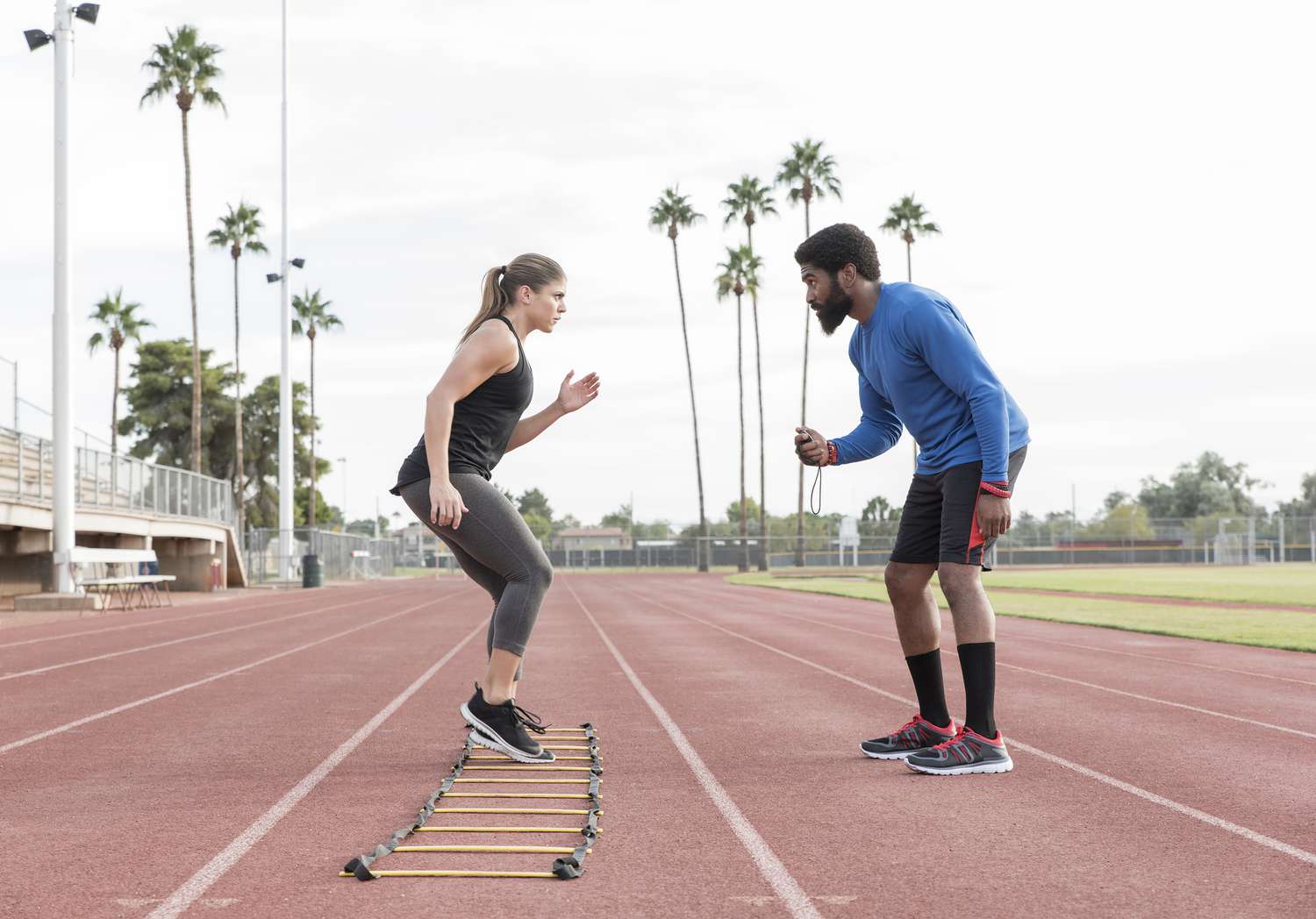
Top 7 Agility Exercises to Boost Your Speed
Now that we understand the importance of agility let’s dive into the top seven exercises that can help you boost speed and agility. These exercises are designed to improve reaction time, quickness, and the ability to rapidly change direction, making them ideal for athletes and fitness enthusiasts.
1. Lateral Cone Drills
Lateral cone drills are excellent for improving lateral movement, foot coordination, and balance. This exercise involves quick side-to-side movements that enhance your ability to change directions fast, especially in sports like soccer or basketball.
How to Perform Lateral Cone Drills
- Place cones 5 yards apart in a straight line.
- Start at one cone, shuffle sideways to the next cone, touch it, and shuffle back.
- Repeat for 30 seconds, then rest. Perform 4-5 rounds.
Benefits of Lateral Cone Drills
This drill strengthens your quads, hamstrings, and calves while improving lateral quickness. It also teaches your body to maintain balance while moving side to side, which is vital for sports and even daily tasks like stepping out of the way of obstacles.
2. Agility Ladder Drills
Agility ladder drills are a cornerstone of speed and agility training. They challenge your footwork, coordination, and speed in a confined space, making them perfect for developing precision in movement.
How to Use an Agility Ladder for Speed
- Lay the ladder flat on the ground.
- Begin with simple movements like stepping one foot in each square, then progress to more complex foot patterns such as in-out or lateral shuffles.
- Focus on fast footwork while maintaining proper form. Perform 3-5 sets of different movements for 30-60 seconds each.
Why Agility Ladder Drills are Effective
The ladder drills force you to think and move quickly, improving coordination between your brain and muscles. This enhances your ability to react faster and move efficiently, which can be critical in sports like tennis or basketball.
3. Plyometric Exercises for Explosive Power
Plyometric exercises are designed to improve explosive power by targeting fast-twitch muscle fibers. These fibers are responsible for quick bursts of movement, such as sprinting, jumping, or quick direction changes.
How to Perform Plyometric Box Jumps
- Stand in front of a sturdy box or platform.
- Squat slightly, then jump onto the box with both feet, landing softly.
- Step down carefully and repeat for 3 sets of 10 reps.
Benefits of Plyometric Exercises
Plyometrics enhance explosive strength, enabling you to accelerate quickly and change direction effortlessly. They are great for athletes involved in high-intensity sports like basketball, where jumping and rapid direction changes are common.
4. Shuttle Runs
Shuttle runs are excellent for building speed, agility, and endurance. This exercise requires rapid acceleration and deceleration, as well as sharp directional changes.
Technique for Shuttle Runs
- Set up cones about 10 yards apart.
- Sprint from one cone to the next, touch the ground, and sprint back to the starting cone.
- Repeat for 5-10 rounds, focusing on maintaining speed and sharp turns.
Why Shuttle Runs Help Improve Speed
Shuttle runs increase your cardiovascular endurance while improving foot speed and agility. They train your body to accelerate and decelerate quickly while maintaining control, which is essential in sports like soccer or football.
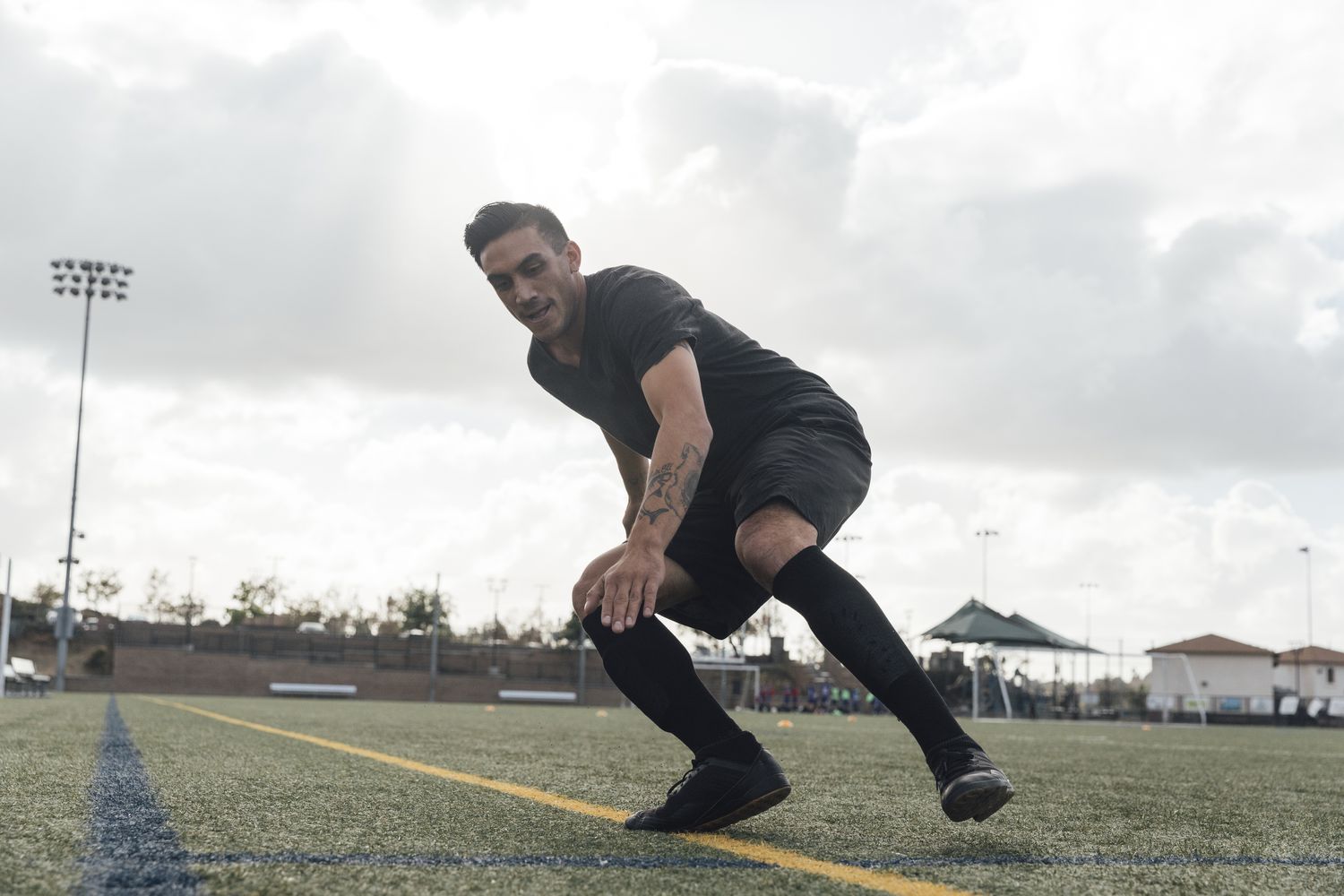
5. High-Knee Drills
High-knee drills are simple but highly effective for improving foot speed and leg strength. They also help to prepare your body for more advanced agility drills by increasing mobility in the hips and legs.
How to Perform High-Knee Drills
- Stand tall with feet hip-width apart.
- Bring one knee up toward your chest as high as possible, then alternate legs quickly.
- Keep your arms engaged by pumping them as you move.
- Perform for 30-60 seconds, focusing on speed and form.
How High-Knee Drills Improve Agility
High-knee drills engage your hip flexors, quads, and calves, making your legs stronger and more explosive. This improved leg strength translates to faster sprinting and quicker footwork, both of which are essential for sports performance.
6. Single-Leg Hops
Single-leg hops challenge your balance, coordination, and leg strength. By hopping on one leg, you increase the strength and stability in your lower body, which is crucial for improving speed and agility.
How to Perform Single-Leg Hops
- Start by standing on one leg.
- Hop forward about 10 yards, then switch to the other leg and hop back to the start.
- Keep your knees slightly bent to absorb the impact, and land softly on each hop.
- Perform 3 sets of 10 hops per leg.
Benefits of Single-Leg Hops
This exercise improves single-leg strength and balance, which is vital for any sport that involves running or jumping. It also enhances your ability to push off and change direction quickly while maintaining control.
7. Quick Feet Drill
The quick feet drill focuses on improving reaction time and foot speed. It involves rapid movements that engage your entire lower body, making it ideal for athletes who need to react quickly on the field or court.
How to Perform the Quick Feet Drill
- Stand with feet shoulder-width apart.
- Quickly tap your feet in place as fast as possible for 20 seconds.
- Rest for 10 seconds and repeat for 4-5 sets.
Why Quick Feet Drills Improve Agility
Quick feet drills enhance your reaction time by forcing your body to move quickly and precisely. This is particularly useful in sports like basketball or football, where fast footwork is essential for dodging opponents and making quick decisions.
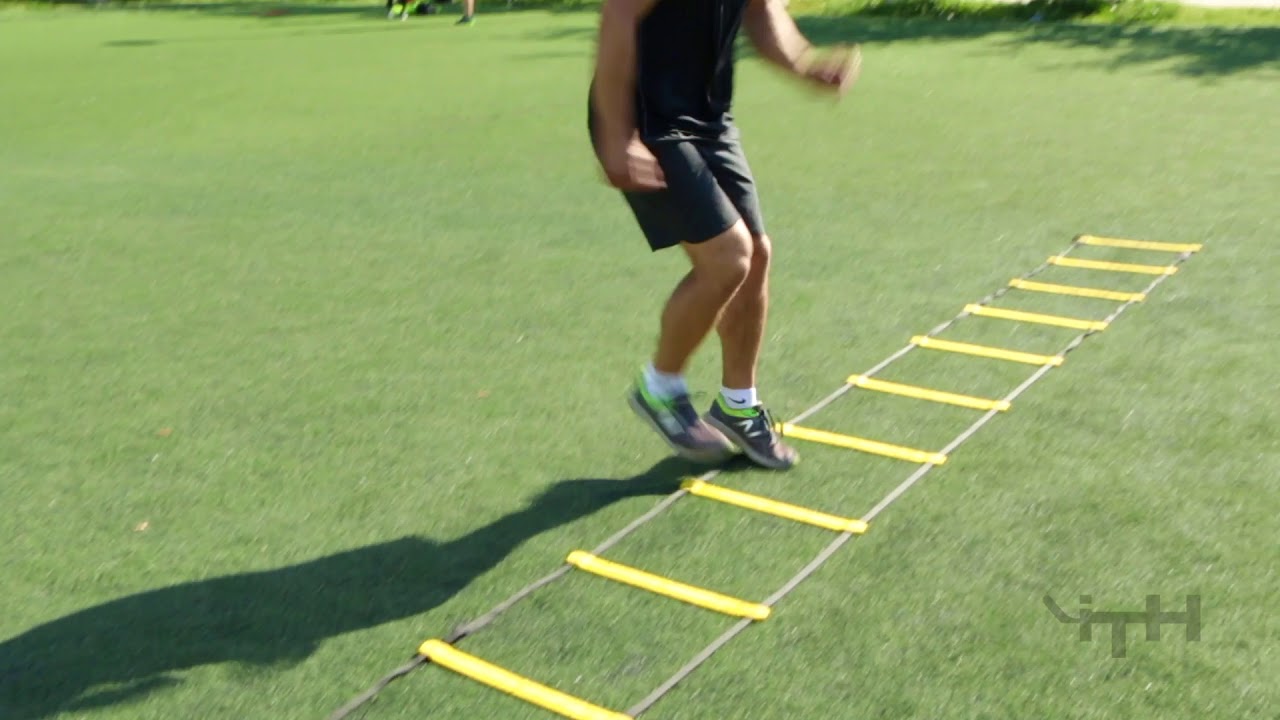
How Agility Training Improves Reaction Time
Agility training is not just about the physical aspects of movement; it also trains your brain to react faster to external stimuli. By practicing agility exercises, you improve your cognitive processing speed, which helps reduce the time it takes for your brain to communicate with your muscles. This faster reaction time is especially beneficial in sports like tennis, where you need to quickly respond to your opponent’s actions.
Conclusion
Incorporating these top seven agility exercises into your fitness routine can significantly enhance your speed, reaction time, and ability to change directions. Whether you’re an athlete looking to improve your performance or simply want to move better in your daily life, these exercises will help you develop the skills necessary to succeed. So, lace up those sneakers and get ready to improve your agility like a pro!
FAQs About Agility Training
Q: What is the best agility exercise for beginners?
A: For beginners, the agility ladder is a great tool. It is easy to use and extremely effective in improving foot speed, coordination, and body awareness.
Q: How often should I do agility exercises?
A: Agility exercises can be performed 2-3 times a week, depending on your overall fitness goals. Be sure to give your body enough rest between sessions to avoid overtraining.
Q: Do I need special equipment for agility training?
A: While you can do many agility exercises without equipment, tools like agility ladders, cones, and boxes can help enhance your training and provide more variety in your workouts.
Q: Can agility training improve my performance in sports?
A: Absolutely! Agility training improves your ability to change direction quickly, react fast, and maintain balance, all of which are crucial in most sports.
Q: Is agility training suitable for all fitness levels?
A: Yes, agility training can be adapted to fit any fitness level. Whether you’re a beginner or an advanced athlete, agility exercises can be modified to suit your needs.




